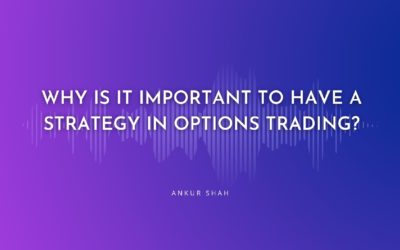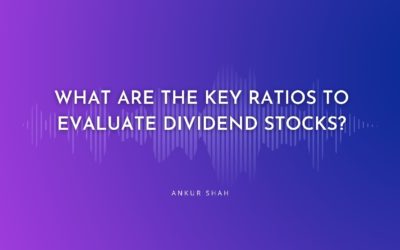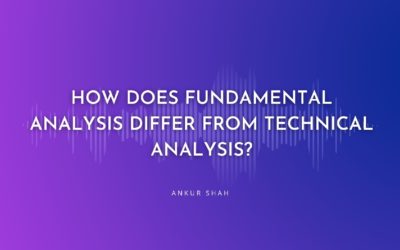Intrinsic value is an all-important concept that offers the only logical approach to evaluating the relative attractiveness of investments and businesses. Intrinsic value can be defined simply: It is the discounted value of the cash that can be taken out of a business during its remaining life.
Warren Buffett
If you analyze Buffett’s quote above, he states that intrinsic value is based on the “cash that can be taken out of a business.” This is the definition of Free Cash Flow (FCF). Specifically, FCF is the money a company has left over after paying its operating expenses and capital expenditures. The greater the amount of FCF a company generates, the greater the ability of the company to pay dividends, pay down debt, and invest in growth opportunities.
Thus, all the work we do as equity analysts serve one primary purpose: estimate (with a high enough degree of conviction) the free cash flows a company will generate from now until the end of the life of that business and then discount that value back at an appropriate discount rate to calculate an intrinsic value for a stock.
Check out – Open Interest for Intraday Trading?
Thus, the key to successful investing is to accurately assess the intrinsic value of a stock and pay a lot less for it. In Buffett’s terms, this would be utilizing a margin of safety.
Although our objective is clear, it doesn’t make our job any easier. If you had to forecast your own earnings even three years out into the future, I’m pretty sure the vast majority of us wouldn’t be able to do it with any degree of accuracy.
The problem with Discounted Cash Flow (DCF) analysis is that it’s based on forecasts, which are based on assumptions. If you’ve ever done a DCF you know that small changes in virtually any variable such as the discount rate, terminal growth rate, or margins will cause huge changes in your intrinsic value estimate.
Read more – Invest in Nasdaq From India in 2023
Thus, the unfortunate reality is that there is no magic method of valuation that is correct in all market environments and most companies are going to be too hard to value.
Naturally, a large number of investors choose not to play this game because of its difficulty and decide to buy an S&P500 index fund. This is a perfectly rational and smart decision.
However, for the small minority of investors who are willing to take on the challenge of buying companies or small pieces of companies, the rewards are innumerable. In fact, I can think of a billion reasons why you should pursue it.
Next week, we’ll dive deeper into the art of valuation and how the individual investor has a few key advantages relative to a professional investor that will allow them to outperform.




